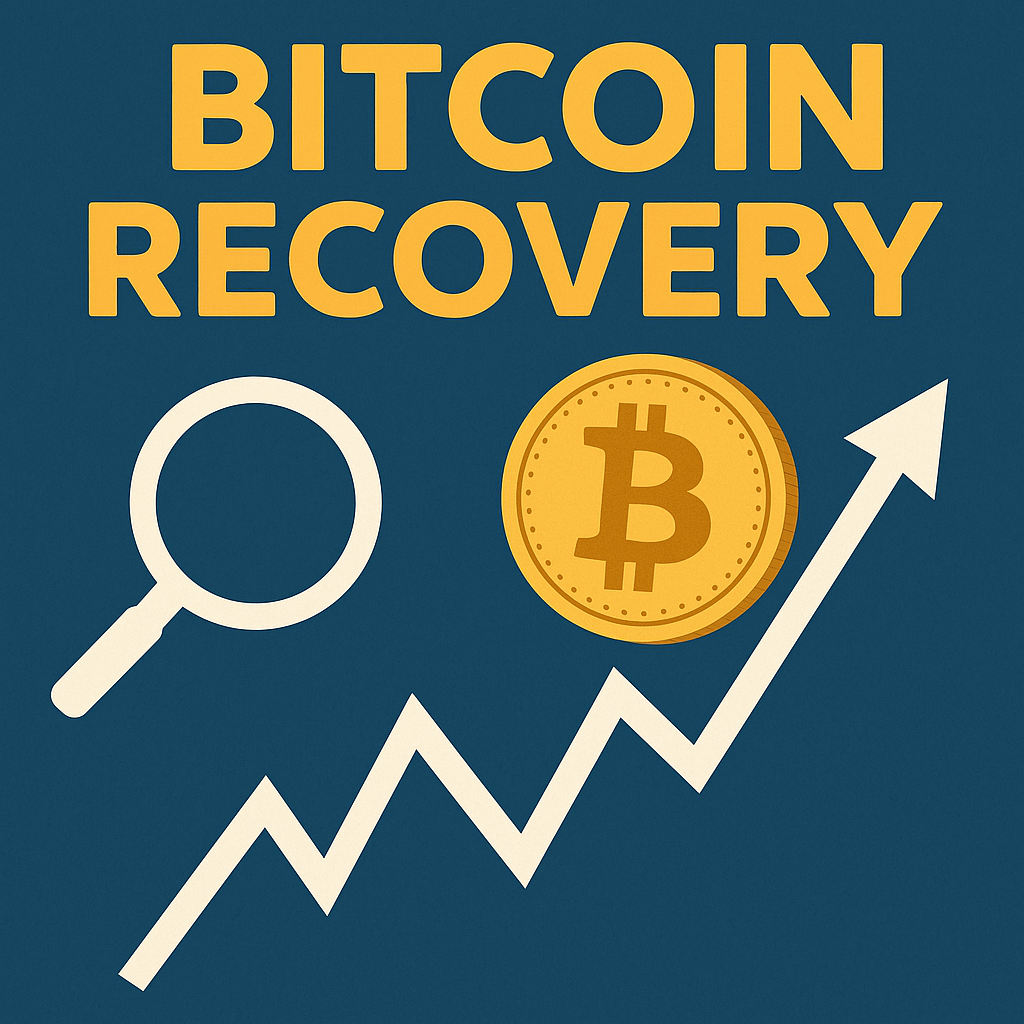The Road to Crypto Recovery: How the Market is Bouncing Back
Cryptocurrency markets are known for their volatile nature, often leading to periods of dramatic price swings, crashes, and recoveries. While the crypto industry has seen its fair share of downturns, the road to recovery has always been marked by resilience, innovation, and a growing understanding of digital assets. With a recent downturn behind us, the question arises: How is the crypto market bouncing back? This article explores the factors fueling crypto recovery and the steps being taken to rebuild investor confidence.

1. The Resilience of Blockchain Technology
The backbone of cryptocurrency is the blockchain, a decentralized ledger system that ensures security and transparency. Despite facing challenges like regulatory scrutiny, market crashes, and security concerns, blockchain technology continues to prove its long-term value.
Blockchain has expanded beyond cryptocurrencies into areas like supply chain management, healthcare, voting systems, and more. The continued development and adoption of blockchain in these sectors have supported the recovery of the crypto market, as investors begin to see its broader utility beyond speculation.
2. Institutional Adoption and Regulation
One of the key drivers of crypto recovery has been the increasing interest from institutional investors. Major financial institutions like PayPal, Fidelity, and Square are leading the charge, bringing legitimacy to the market. Their participation shows confidence in the future of digital assets and their potential for long-term growth.
Moreover, while regulatory uncertainty has been a concern for many investors, governments around the world are working towards clearer frameworks. The implementation of thoughtful, comprehensive regulations could stabilize the market, making it more appealing to both retail and institutional investors.
3. Increased Use of Stablecoins
Stablecoins, which are cryptocurrencies pegged to fiat currencies like the US dollar, have become a vital tool in the recovery process. Their stability offers a safe haven during market downturns, allowing traders to park their funds without the volatility typical of other cryptocurrencies like Bitcoin or Ethereum.
The growth of decentralized finance (DeFi) platforms and the expansion of stablecoins are contributing to crypto recovery by adding utility to the ecosystem. Stablecoins like Tether (USDT) and USD Coin (USDC) have also helped bridge the gap between traditional finance and the crypto world.
4. Technological Advancements
Crypto recovery is not just about market sentiment; it’s also about technological advancement. Layer 2 solutions like Ethereum’s Optimism and Arbitrum have significantly improved scalability and transaction speeds, reducing fees and congestion on the Ethereum network. Additionally, the transition of Ethereum from proof-of-work to proof-of-stake (the Ethereum 2.0 upgrade) is expected to make the network more efficient and environmentally friendly, which could increase investor confidence.
Moreover, the rise of innovative projects like non-fungible tokens (NFTs) and Web3 technologies is adding new dimensions to the crypto landscape, further driving adoption and interest.
5. Rebuilding Investor Trust
The 2022-2023 bear market was tough for many, and a significant factor in the recovery of the crypto space is the rebuilding of investor trust. Scandals and high-profile bankruptcies, such as FTX and TerraUSD, left many investors feeling wary of the market. However, lessons learned from these events are driving the development of stronger governance models and more secure platforms.
Crypto recovery is a long-term process, but trust is slowly being restored as new, more responsible players enter the market, and regulations tighten. This creates a safer and more transparent environment for both seasoned and new investors.

6. Global Economic Trends
The broader economic environment plays a significant role in the recovery of the crypto market. The global financial landscape, especially inflationary pressures, has led many investors to look at Bitcoin and other digital assets as a hedge against inflation. As central banks continue to pursue loose monetary policies, cryptocurrencies like Bitcoin are gaining favor as “digital gold” – a store of value during uncertain times.
Furthermore, the growing trend of remittances and cross-border payments powered by cryptocurrencies is giving them practical use cases in emerging markets. This further boosts the appeal of crypto as a viable alternative to traditional financial systems.
7. The Role of Decentralized Finance (DeFi) and NFTs
DeFi platforms have been instrumental in crypto recovery by offering decentralized lending, borrowing, and yield farming opportunities. These platforms are growing rapidly as they allow users to engage with cryptocurrencies without needing traditional intermediaries, such as banks. The rapid expansion of DeFi protocols is likely to continue driving the recovery of the sector.
Additionally, NFTs (non-fungible tokens) have introduced a new wave of interest, with art, gaming, and entertainment industries heavily involved. The continued growth of the NFT market indicates a shift towards more creative and non-traditional use cases for blockchain technology, fueling the recovery and expansion of the market.
8. The Future Outlook: Crypto’s Long-Term Potential
The future outlook for the crypto market remains optimistic. While volatility is likely to continue, the ongoing development of both the technology behind digital assets and the regulatory environment will likely make the market more stable in the long run.
The continued evolution of blockchain technology, rising institutional adoption, regulatory clarity, and the emergence of new use cases like DeFi and NFTs show that the recovery is more than just a temporary phase. Cryptocurrencies are here to stay, and their potential to revolutionize finance and other industries remains vast.
Conclusion
Crypto recovery is a dynamic process fueled by technological advancements, broader adoption, and the resilience of blockchain technology. While challenges remain, the long-term trajectory appears to be positive, driven by increasing trust and a more mature regulatory environment. As the world adapts to this new digital economy, the crypto market is poised to continue its recovery, shaping the future of finance, technology, and beyond.


